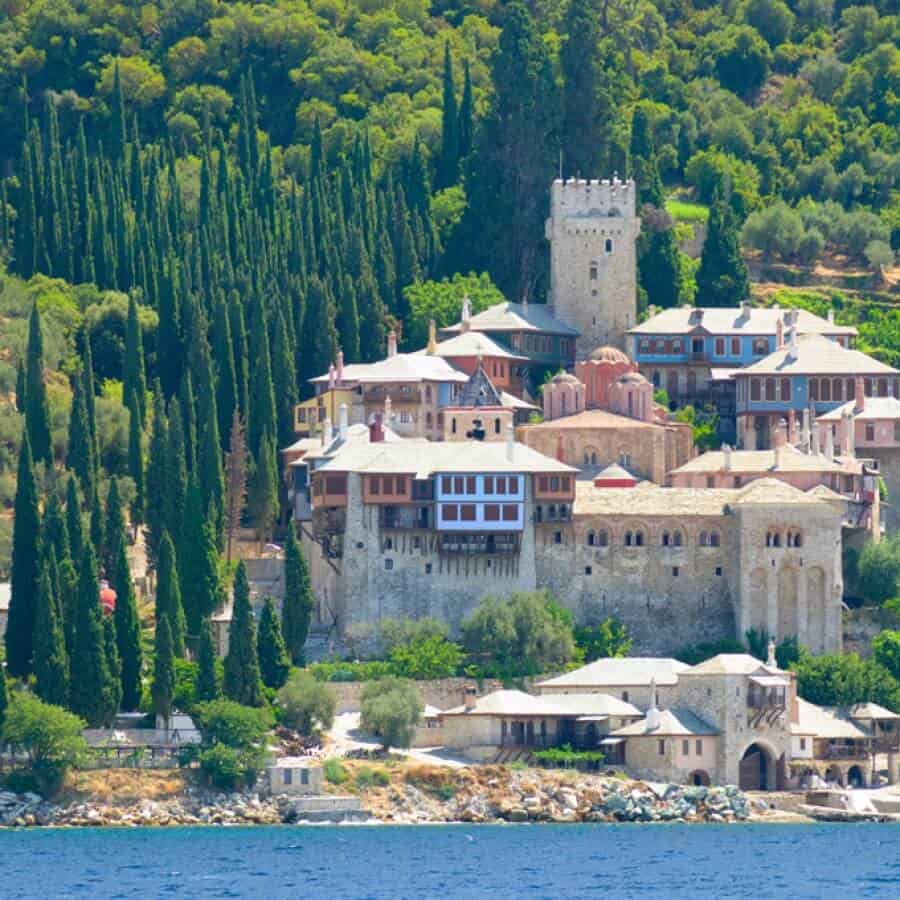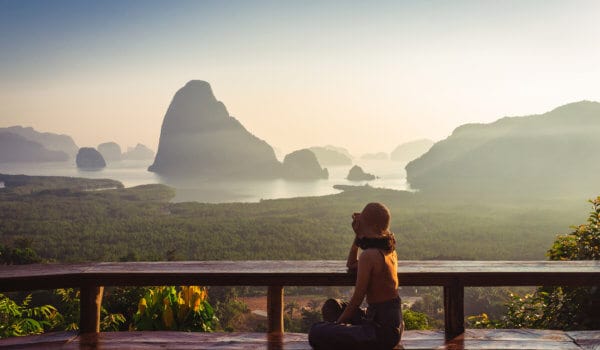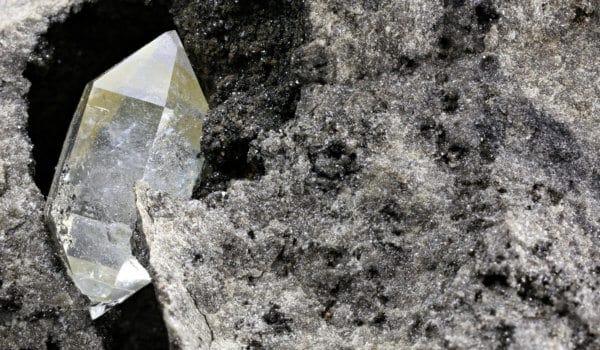We invite you to journey through Greece and the region of Macedonia. This is the largest region in Greece, however the geographical region of historical Macedonia is much bigger, covering parts of other countries including Bulgaria, FYRO Macedonia, and a small part of Albania. Macedonia is historically a very rich region as it offers much to see from all periods of the past.
Macedonia has many archeological sites from ancient times. We will only cover some of them: Pella, Vergina, and Dion.
Pella
Pella was an ancient city located in Central Macedonia, most famous as the historic capital of the ancient Greek kingdom of Macedon in the time of Phillip II and his son, Alexander the Great. Alexander is famous for spreading Hellenic culture beyond Greece and conquering lands extending to the river Indus. He was famous not just for being an excellent military leader but also for appreciating other cultures and tolerating diversity. So in his time the cultures of the ancient world mixed and flourished. The same can be seen in Pella. In Pella you can witness beautifully preserved mosaics and foundations of ancient buildings. When you are there, do not miss visiting the museum, where many small artifacts and decorations made of gold can be found. The entrance fee is 8e, and it is reduced to 4e from November till the end of March (entrance is free every Sunday during that period).
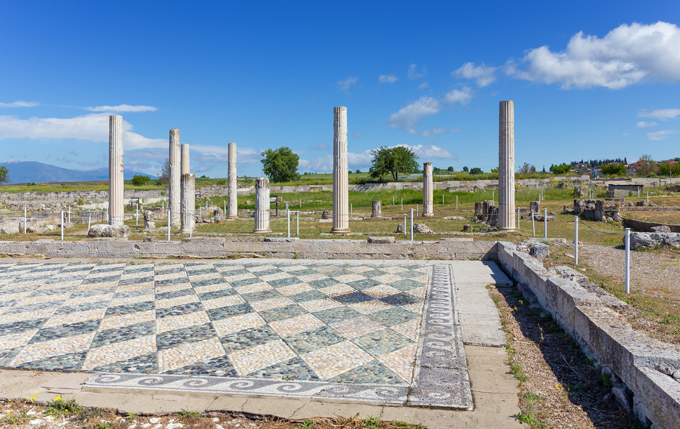
Ruins of ancient Pella
Vergina
First of all, Vergina must be a very special place, as it is a UNESCO-protected site. In Vergina you will have a chance to see many amazing things in the royal tombs! You will enter tombs which are almost invisible, they are underground and have a small entrance on the flank of a beautiful small hill. When you enter the royal tombs you will be blown away by what you see: grave stones, tomb doors, the royal tomb of Phillip II (which is very large and preserved intact), and you will see many things made of gold, from jewelry to crowns. You should not miss visiting this amazing place and having this exceptional experience below ground. The fee for both the tombs and the museum is 12e.
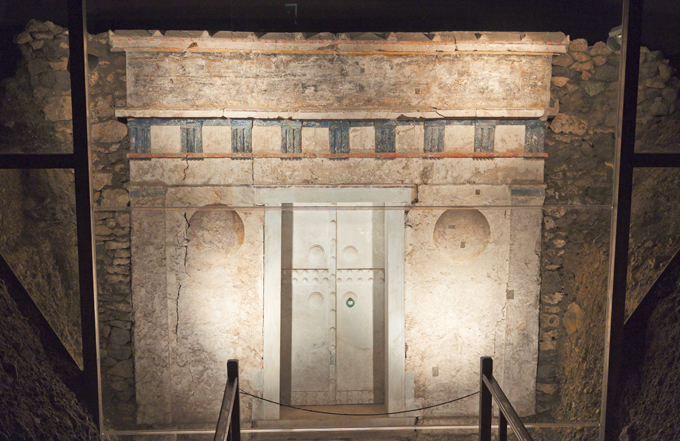
Macedonian tomb of king Philip II. found at Vergina
Dion
Dion is a large archeological park, and it will take you a lot of time (around 3h) to go through it. But trust me, it is fascinating, you will be able to enjoy the archeological site and the scenery all around it and find places to rest. The sanctuary of Zeus was located in Dion, and that is how the place got its name (Dios=of Zeus). Zeus, the main god of the Greek pantheon, lived on Mount Olympus (which is near Dion) with the other gods. Also, in common with many other archeological sites in Greece, you will be able to see beautiful mosaics and sculptures which are great representations of fine art, as well as a Hellenistic theatre and – you might be surprised by this – sanctuaries of the goddesses Demeter and Isis. Isis is an Egyptian goddess, but one of the favorites of Alexander the Great and popular during his reign. He and his father before him celebrated their victories here.

Public baths in Dion
Now we move on to the Byzantine period, which marked a thousand-year-long period of history. Christianity held sway over medieval Greece, and the most famous sites are Athos and Meteora, which you have probably heard about if you have had a long-standing interest in Greece.
Mount Athos
It is situated at the eastern “leg” of the much larger Chalklidiki peninsula. Mount Athos is the most important site for Eastern Orthodox Christians. It is often referred to it as a Holy mountain. It has the status of an autonomous polity, and it is the location of many famous monasteries. The bad news for female tourists is that they cannot enter, because Athos maintains its ancient traditions. There are 20 monasteries that can be seen and which are the legacy of many important and famous figures of medieval times. Some of them are: Stavronikita (a Greek Orthodox Monastery, dedicated to St. Nicholas), Hilandar (a Serbian Orthodox Monastery dedicated to the Mother of God and founded by St. Sava –
who did not want to be a prince and who wanted to spread good deeds and educate people – and by his father Stefan Nemanja, a Serbian grand prince); Prodromos (a Romanian Orthodox Monastery dedicated to St. John the Baptist), Zograf (a Bulgarian Orthodox Monastery, named after and dedicated to St. George), St. Panteleimon (a Russian Orthodox Monastery), Iviron (a Georgian Orthodox Monastery, dedicated to Dormition of Theotokos), etc. The faithful of many countries have built monasteries on Mount Athos and have developed a place which holds many medieval relics and sacred objects as well as beautiful architecture, iconostasis, and frescoes (a special technique of painting, mostly on wet plaster). Mount Athos is an unparalleled representation of medieval Eastern Orthodox Christian art.
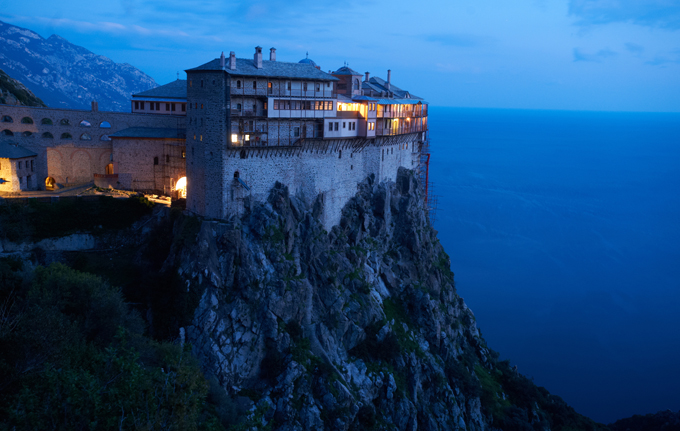
Simonos Petras Monastery Mount Athos
Meteora
Meteroa is a very special place for lovers of medieval architecture and art, for Christians, for people interested in Christianity, and also for lovers of natural wonders. The Meteora is a formation of enormous monolithic pillars. On the great pillars are built monasteries, literally like continuations of the pillars. It is an amazing site to see, and what is more amazing is the way in which the monks had to go between them and down from them or up to the top. When I was there I was told that they had “elevators” made of rope and baskets and thin bridges between the pillars. Sometimes the ropes break. It is magnificent to see that sight but also to think about the dedication of the monks. On Meteora in the 16th century there were 24 monasteries! The ones which are still functioning and can be visited are: the Monastery of Great Meteoron, the Monastery of Varlam, the Monastery of St. Stephan, the Monastery of Rousanou, the Monastery of St. Nickolas Anapausas, and the Monastery of the Holy Trinity. If you visit Meteora, try and book a stay at one of the hotels in Kalambaka, a small, charming place near Meteora. The view of Meteora at night from Kalambaka is incredible.
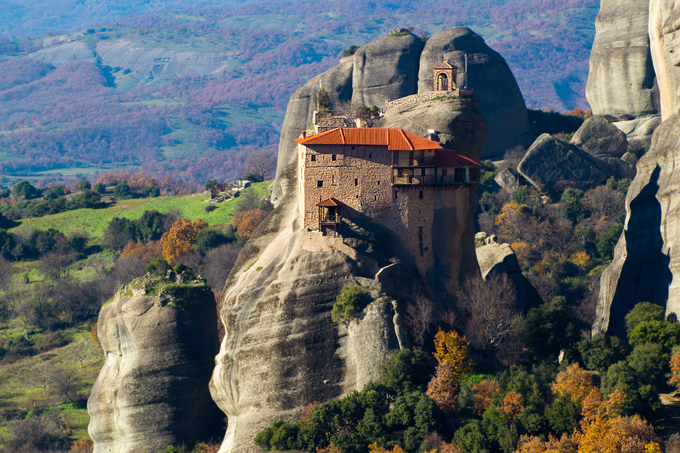
Monastery at Meteora of Kalampaka
For nature lovers there is an additional treat – Mount Olympus – the home of the gods.
Olympus is the highest mountain in Greece with the height of 2.918m at Mytikas Peak (which means “nose”). It is situated about 100km southwest of Thessaloniki. In addition to being the mythological home of the Greek gods, Olympus is a National park with a great wealth of both flora and fauna. Olympus, for example, has 23 endemic plants and is covered by woods. As for fauna – many species live there of which I will mention only a few: wild goat, wildcat, golden eagle, roe deer, wild boar… all in all many species of mammals, birds, reptiles and amphibians. Also worth visiting when you are on Olympus are the Baths of Zeus in Litohoro – a nearby village. The baths are actually small streams and river waterfalls. The Baths are beautiful and interesting, a place to have fun, relax, discover, and enjoy. Also, a visit to the Baths is a free experience, you shouldn’t miss it.
Thessaloniki
We will now move from nature and history to modern Greece. Thessaloniki is the capital of the Macedonia region and is also the second largest city in Greece after Athens – the country’s capital. It is the most important port city in Greece. As for what you can see in Thessaloniki – the interesting things there are too many to cover in detail – you have a wide range of museums and galleries: the White tower museum, the Archeology museum, the Jewish museum, the Ethnological museum, a Fine art gallery, and many more. I will mention just a few of the most important places.
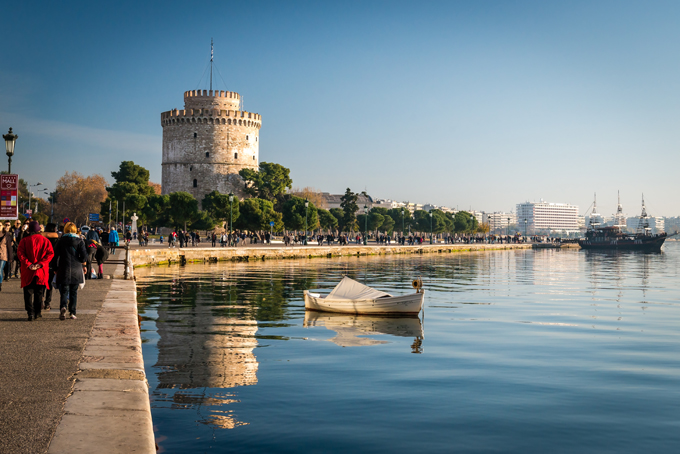
Thessaloniki next to the white tower
The White Tower is the most recognizable symbol of Thessaloniki. It was built in the 15th century and was used as a fort for defending the harbor, as a garrison, and a prison (it was also called the Red Tower or the Tower of Blood).
The Jewish Museum tells the story of the Sephardic Jews who emigrated from Spain to Thessaloniki and Greece in the 15th century. Thessaloniki was home to a large Jewish community which had a great cultural and economic influence on the Sephardic world. Thessaloniki’s Jews also contributed to their city in many ways, and some of them came as educators in 19th century to bring the values of the modern world.
Also in the center of the city you can see Zaitinlik, an Allied military cemetery and World War I memorial park. It is a beautiful park that gives you chills by its size. The monuments are beautiful and made with respect, but when you see only SOME of the grave stones (and there are too many to see all of them as these are the graves of Serbian, Russian, French, Italian, and British soldiers who died on the Salonika front during WWI) you are able to imagine the soldiers as they were when living.
Moving on to more light-hearted things, Thessaloniki is also called the hippest city in Greece. I can recommend restaurants with good food and atmosphere, and music, of course. An additional interesting place in Thessaloniki is Mylos – a large entertainment complex near the port, where you will find many bars, cafes, theaters, galleries, and places with live music.
Tourism
As Greece is, as we see, is a great destination for tourists, it has to offer many places for relaxation. The Macedonia region is full of small seaside hotels which are entirely meant for tourists. It is quite cheap to book a 10-night stay in a location that will provide all that you need: cafes, clubs, and beaches, and many of them aren’t really that far from Thessaloniki (1-3h by bus, and the prices can range from 5e to 20e depending on how far you are from the city). Also another decent-sized city where you can have fun and go shopping is Katerini, but it is much smaller than Thessaloniki.
The Music of Macedonia
The Macedonia Region is famous for its folk songs and dances. The most commonly used instruments are: trumpets and koudounia (a percussion instrument). Particularly fascinating is the number of dances that can be found in the region – there are 13 distinct dances. We can conclude that the folk tradition in Macedonia is well preserved and alive.
Cuisine
In the 20th century, many Greeks emigrated from Asia Minor and Constantinople and brought many Ottoman recipes, so there is quite a mixture and a wide range of delicacies. Some of the Macedonian specialties are: tyrokafteri (Macedonian spicy cheese spread) and soupies krasates (cuttlefish in wine).

Traditional Tyrokafteri
You can see that the region of Macedonia has so much to offer. It is appealing for all people – younger, older, families… One holiday will not be enough to explore Macedonia thoroughly, but you shouldn’t miss visiting it at least once.
Photos: Shutterstock
Support us!
All your donations will be used to pay the magazine’s journalists and to support the ongoing costs of maintaining the site.
Share this post
Interested in co-operating with us?
We are open to co-operation from writers and businesses alike. You can reach us on our email at [email protected]/[email protected] and we will get back to you as quick as we can.
